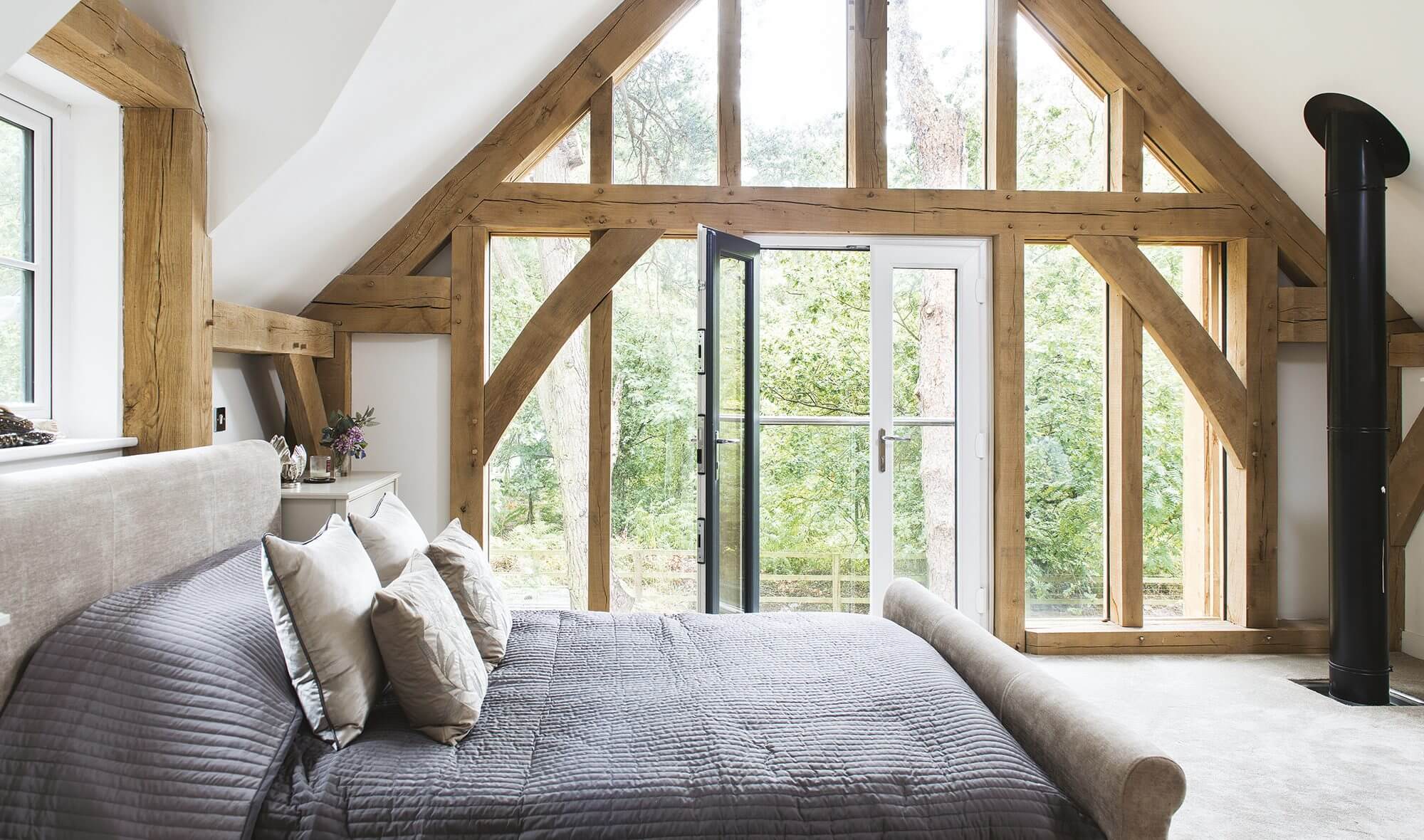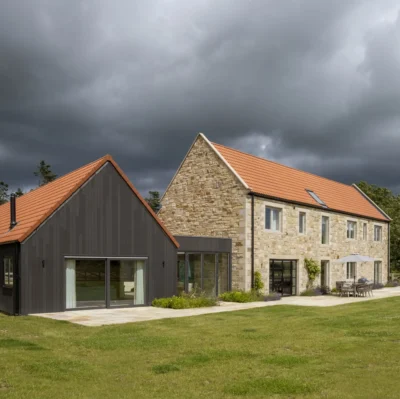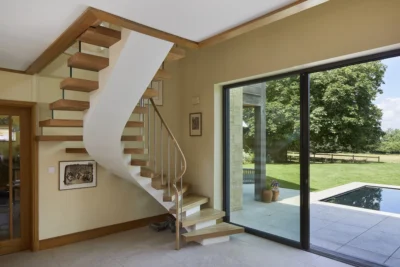5 Steps to Finishing Your Build
The hard work is all done, the home of your dreams is nearly complete and you’ll soon be enjoying the fruits of your labour. However, before you put your feet up and relax in your new space, there are some loose ends to tie up first. It may seem like a bore at the end of an exciting process, but completing your project properly is extremely important.
1. Moving in
Like many self builders, you may want to live in your house as soon as it is habitable, but before it is 100% finished, in order to minimise the costs of temporary accommodation. In addition, if you have taken out a mortgage, the payments will probably be at their full amount by this stage, so cash flow will be tight.
To move in early, an inspection may need to be arranged with building control and a certificate of habitation issued. This will clarify that the basics – such as toilets, showers and hot water – are functional and that the house can be safely lived in. This will cover you until the formal completion certificate is issued – it’s an essential piece of paperwork if you want your house insurance to be validated.
2. Formal completion
Once you have this legal document, your self build is an officially registered residential property. You can move into it, rent it out or put it up for sale – whatever you wish. This certificate is one of the most important notices you’ll acquire over the course of your project – so make a copy and lodge it with your solicitor.
It’s an official written record to verify that independent checks have taken place at the fundamental stages of construction – laying of foundations, the damp-proof course etc – and that the house has been finished to a satisfactory standard.
As the dwelling is registered, you’ll become liable to pay council tax. Your house will be assessed by the local authority to verify the band rating, which may take a few months to process. So, although you won’t get a bill right away, when it does arrive it will be backdated to the date on the completion certificate. This might turn out to be quite a hefty sum, so don’t forget to budget for it.
3. Snagging
A few weeks after the completion certificate has been issued, it’s a good idea to walk around the house with your builder to make a note of all of the minor details that need rectifying. This is known as ‘snagging’. This can be anything from poor paintwork to badly hung doors, broken window-catches and faulty sockets – but you may find more serious defects. This is a crucial stage; do it right and you could save yourself thousands of pounds – do it wrong and you could end up with a problem property.
Hopefully, you’ll have agreed with your contractor to hold back a ‘retainer’ – either the final payment or a percentage of the build cost – from the outset. Once the snagging list has been agreed, the builder can carry out the necessary repairs and you can release any final payments.
4. Warranty
Any significant structural defects that aren’t immediately apparent will usually appear in the first two years after completion. A structural warranty (sometimes referred to as latent defects insurance) is the conventional method of covering these risks. Throughout the build, your warranty provider will have been visiting at regular intervals to confirm that the house has been built to a satisfactory standard at each stage and issue certificates to this effect.
At the completion stage you will receive the final certificate – this shows that your house is now officially complete and covered by the warranty. Keep this record safe – it is a highly important document that should remain with the house paperwork and be passed on to any subsequent owner.
Warranties will pay out to put right any physical damage caused by defects in the structure, such as in the foundations or load-bearing elements, as well as for reasonable living costs incurred during the remedial work. Standard warranties last for 10 years and are invariably charged as a single premium. They will cost anything from £1,500 to £5,000, depending on the size of your house and complexity of the project.
5. Reclaiming VAT
Now that your build is over, it’s time to claw some cash back. Once the formal completion certificate has been issued you have a three-month window in which to submit your VAT claim – download the relevant forms (VAT 431 NB) from www.hmrc.gov.uk/vat. You can only make one claim so it’s essential that you include everything that’s relevant. You must attach the following with your request:
- Your bank details – so the refund can be paid
- The planning permission document
- Proof the building work is finished – eg a letter from your local authority
- A full set of building plans
- All invoices – including tenders if the document has not been itemised
- Bills and any credit notes
- Proof the VAT has been paid – such as bank statements
VAT invoices must be valid and show the correct rate of tax or they won’t be accepted. HMRC will acknowledge receipt of your claim by letter within 10 working days. They should also ask any questions they have about your claim at the same time. You will normally get your refund within 30 banking days of them receiving your forms.
You’ll be refunded VAT on the materials used on your self build – you can also claim for a detached garage, boundary fences and walls, in addition to driveways. HMRC has a strict definition of what constitutes building materials. They must be incorporated into the property itself or into the site; basically, items that you can’t remove without using tools and damaging the building and/or the goods themselves. However, there are a number of exceptions. Items such as carpets, fitted furniture, some electrical and gas appliances do not count as building materials. VAT paid out on goods bought within the EU is recoverable at the rate paid in the country of procurement, at the sterling exchange rate on the day of purchase.
All labour should be zero-rated at the time of the build, so does not form part of the reclaim procedure – make sure you are not charged for this in the first place. You also cannot get money back on VAT paid out for services, such as tool hire.
Photo: Colin Poole



































































































 Login/register to save Article for later
Login/register to save Article for later













Comments are closed.